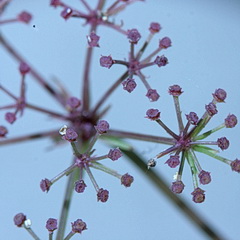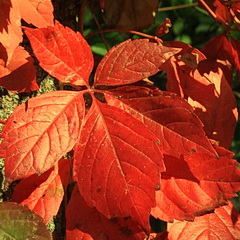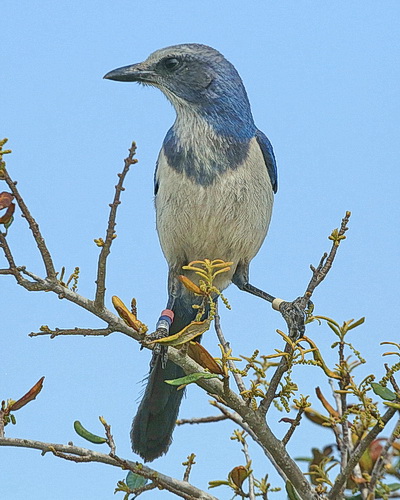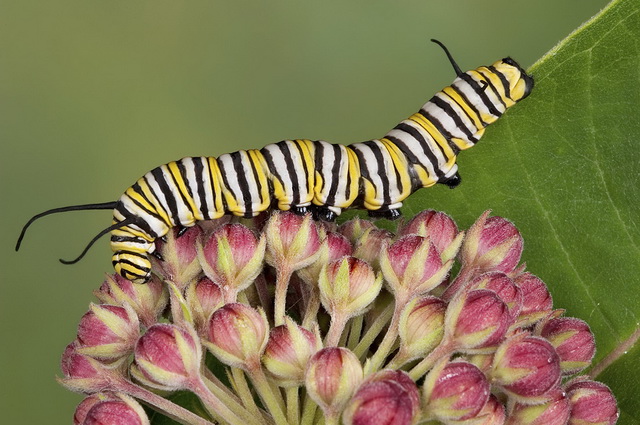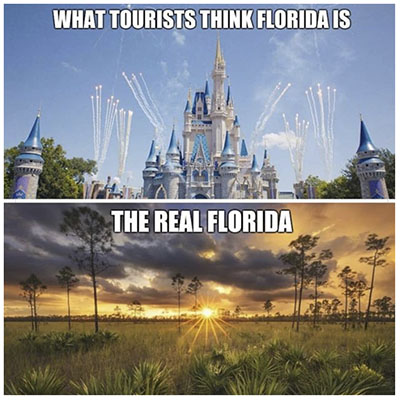About Us
The Pine Lily Chapter of the Florida Native Plant Society serves Osceola County and the surrounding communities. Our Chapter is restoring nature one garden at a time by encouraging the use of native plants throughout our public and private landscapes. Planting Florida natives can help save water, reduce maintenance and pesticide use, and invite beneficial pollinators (food for birds). Restore a sense of place in your community by providing important habitat for our wildlife, and help us preserve our very special ecosystems.
Native Plants Improve Environment, Reduce Maintenance Costs

Native plants play such a critical role in our ecosystems. They have coevolved with the soils, rainfall patterns, and climatic conditions of a region. Native plants also have specialized relationships with the birds, butterflies, pollinators, and other wildlife of a region, providing nutrition and nesting. A common misconception is that all plants can provide the food and nesting sources birds and pollinators are seeking. Only native plants can provide these resources.
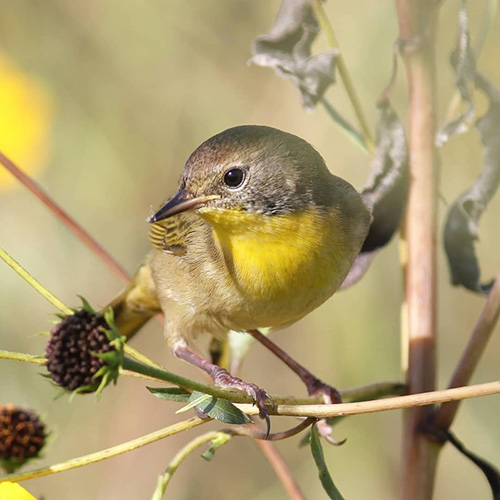
Many native plants are endemic – occurring in certain regions and nowhere else – and are therefore precious resources worth nurturing. Significantly, native plants do not require pruning, fertilizer, or insecticides. Most importantly, native plants require much less, if any, irrigation (except in extended periods of drought). Therefore, native plant landscapes provide water conservation and require less maintenance.
I’m passionate about ensuring each landscape architecture project benefits the larger environment and enhances the ecology of the region. The world is losing native plant communities at an alarming rate, and what remains is fragmented. By planting native plants in urban and suburban regions, we bridge some of this biodiversity gap while reaping a number of rewards in the process.
What Are the Water Quality and Cost Advantages of Native Plants?
Here are a few of the many advantages derived from integrating native plants into landscapes:
- Erosion is reduced. Upland plants hold soil, and shoreline plants stabilize, so soil does not erode into water bodies.
- Runoff volume is reduced. Upland landscapes, ecotones, and shoreline vegetation slow water’s flow during rainfall so that it soaks into the soil.
- Runoff is cleaner: Plants adapted to their environment require fewer insecticide and fertilizer treatments, removing these pollutants from the runoff to adjacent water bodies.
- Plant nutrients are removed from lakes and ponds. Plants absorb nutrients that would otherwise increase the growth of water-clouding, oxygen-depriving algae.
- When native plant groundcovers are used in lieu of grass, maintenance budgets can be reduced by up to 80%.
The Importance of Biodiversity
Biodiversity refers to the natural variety of plants, animals, fungi, and microorganisms found in all ecosystems. Designing with the principle of sustaining biodiversity in the built environment brings many benefits to the landscape, local ecology, and residents’ quality of life.
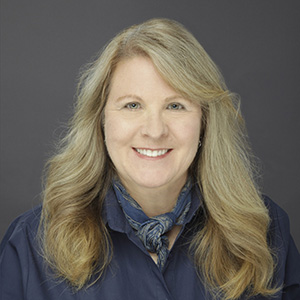
Ready for the Next Step?
Contact Karina Veaudry, PLA, to learn how native plants can be implemented in your project to enhance quality of life and reduce maintenance costs. She has experience in public outreach, sustainability principles, low impact development, and site development. Karina has helped many communities create a balance between development and conservation.
To achieve biodiversity, the layers of natural plant communities must be mimicked in the landscape design. This involves eliminating large monocultures, such as large expanses of turf (keeping only functional/recreational turf areas) and developing more layers: canopy, understory, shrub, and groundcover. Maintaining or increasing a region’s biodiversity ensures birds and other wildlife will have sustainable populations into the future.
What Are the Benefits of Biodiversity, Sustainability, and Native Plant Landscapes?
Fully embracing the philosophy of biodiversity and sustainability in the selection of plants for a landscape benefits the human and non-human residents of a neighborhood in these ways:
Fully embracing the philosophy of biodiversity and sustainability in the selection of plants for a landscape benefits the human and non-human residents of a neighborhood in these ways:
- Enhanced beauty and harmony
- Less ecological decline in the community
- Water conservation and the elimination of insecticides
- The elimination of fertilizers
- Necessary links to the bird and butterfly food chain and nesting sites
- More abundant birds and butterflies for viewing
- Dramatically lower life cycle maintenance costs
- Enhanced quality of life for residents
- Higher property values
Visit our landscape architecture page for more about the services we offer.
Downloadable Documents
To learn about native plants and why they are important to have in every landscape, see the downloadable documents on this website under Resources > Educational Documents
Founding Member Loret Thatcher
by Jenny Welch and Ginny Stibolt
Ms. Loret Thatcher passed away on May 7, 2021
Loret Thatcher also known as Loret Setters in her informational blogs, was originally from New York. One of the first things she did when coming to Florida was to learn about our Florida native plants and join the Florida Native Plant Society Pine Lily Chapter.
She joined with great determination, enthusiasm, passion and eagerness to learn. She began as Pine Lily’s newsletter editor. She went on to do an amazing job with publicity that grew the Chapter.
Loret became a Citizen Scientist and shared what she learned by posting to a blog she started called “What Florida Native Plant Is Blooming Today?”
She chronicled what was blooming in her own yard with many detailed notes from her research. This was followed by blog called “Tales of a Central Florida Wildlife Garden” and “Central Florida Critter of the Day”. All of the blogs were wildly successful and followed by people around the world. Loret’s exacting information and the manner in which she cited resources were an excellent source of information about native plants and insects at a professional level.
In addition to the blogs, she was a member of two team blogs: Beautiful Wildlife Gardens and Native Plant & Wildlife Gardens along with top garden writers around the country.
Her excellent photography of native plants, butterflies, and insects have been everywhere including Alabama Butterfly Atlas, Earth and Space News, The Humane Gardener, and others. Her photography was also on exhibit at the Palm Beach Photographic Centre for 3 months for the Going Native exhibit.
Loret was a local activist against putting a road through Split Oak Forest Wildlife and Environmental Area. She was also a local activist against putting coal ash into Osceola County landfill and political corruption.
Loret was a private person and did not talk much about her past. She overcame her disability of severe scoliosis and her battle with colon cancer. She did prefer to share her love for and stories about her dogs, mostly elderly setters that she adopted and cared for. Her name on Facebook, Loret T. Setters, illustrates both her desire for privacy, educating others about native plants and insects and her love for her English Setter dogs.


